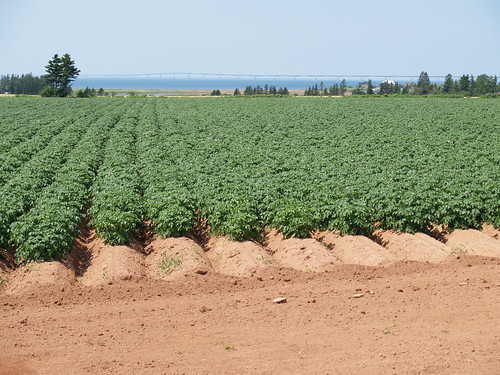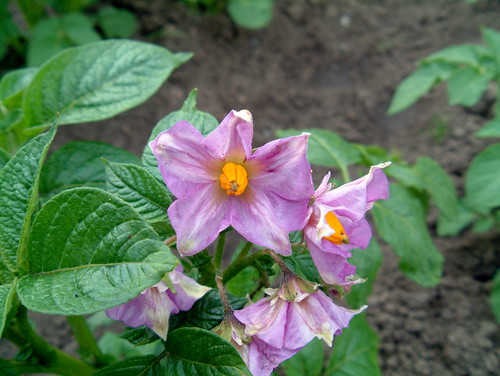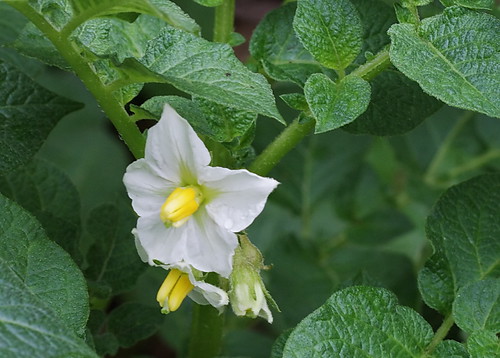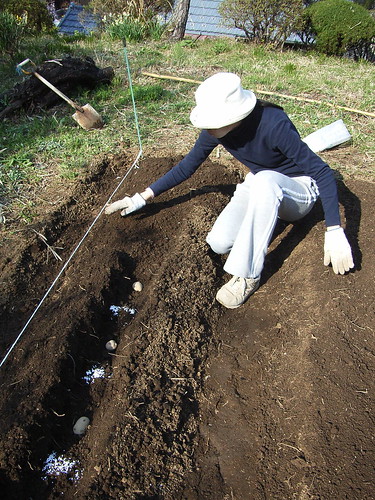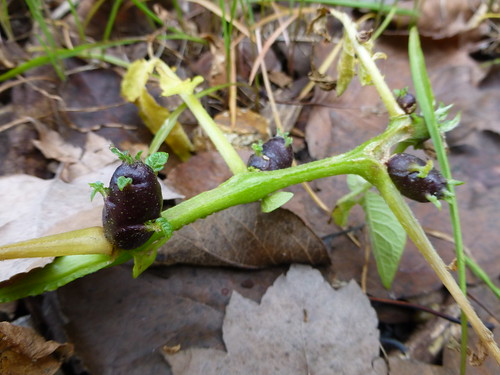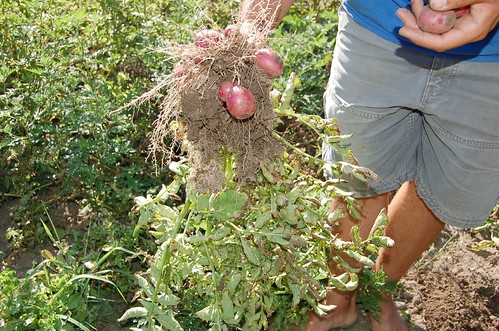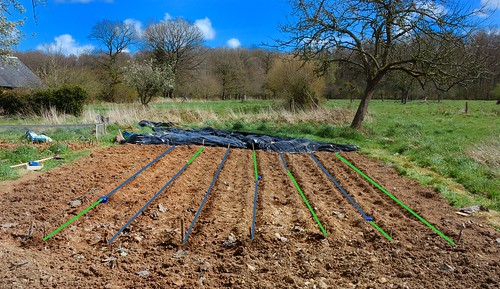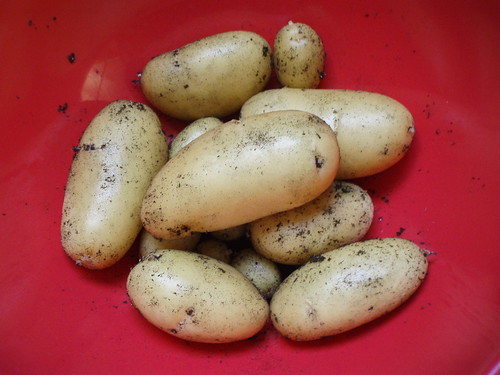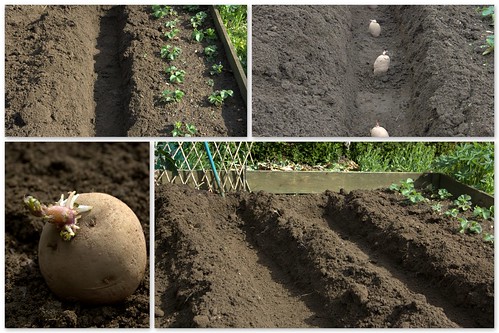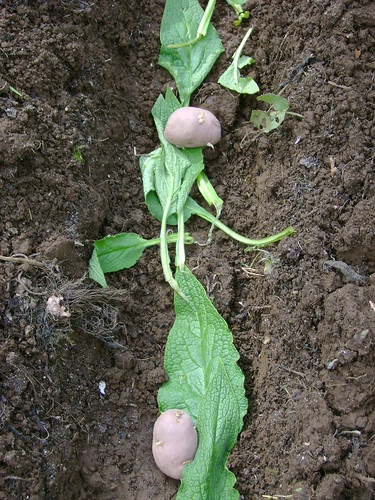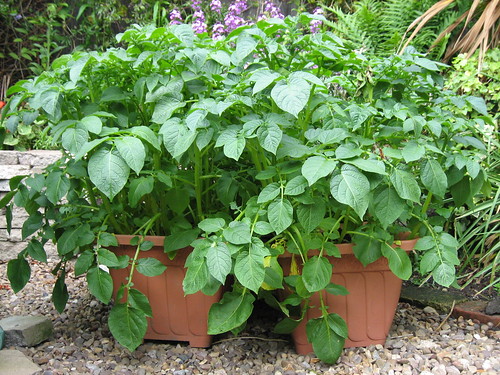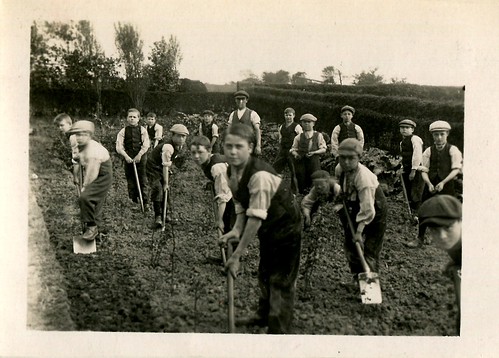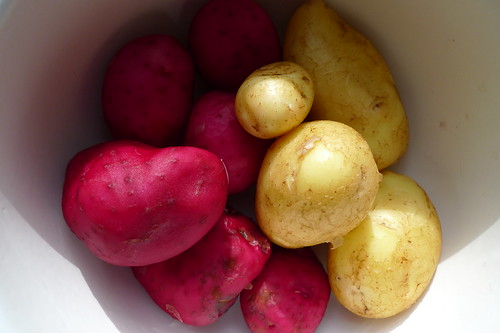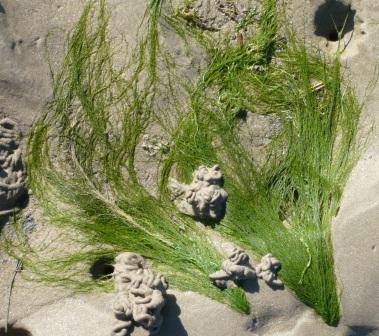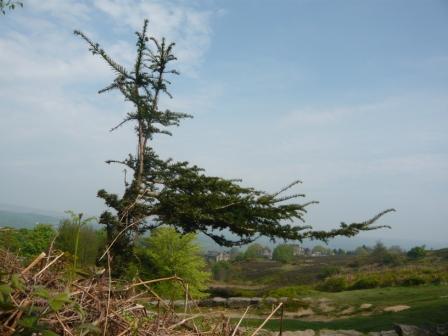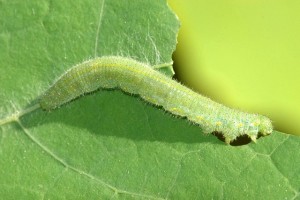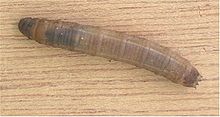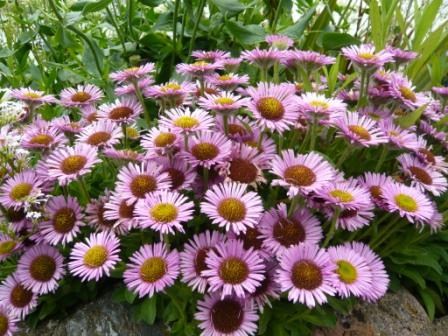Wild Daisy Species
Native daisies are are normally white petaled with yellow florets/capitulum and come from one of the following families.

A Range of Daisies
Leucanthemum vulgare or Oxeyed Daisy is a meadow plant that can form a clump of large flowers in the garden from may to september.
Tanacetum parthenium or Feverfew – an aromatic plant with light green leaves and small flowers in July & August.
Tripleurospermum inodorum or Scentless Mayweed grows 2 feet high with 1″ flowerheads that have less noticable petals from june to october.
Matricaria recutita or Scented Mayweed is smaller and less prolific in flower than the scentless cousin, flowering may-july.
Bellis perennis – Daisy is the traditional low growing plant with white or pink daisy flowers
Anthemis arvensis or Corn Chamomile is a tall aromatic plant with leaves that are woolly underneath.
Both the common names and the scientific, botanical or Latin name can provide information and an indication of the Daisy qualities.

